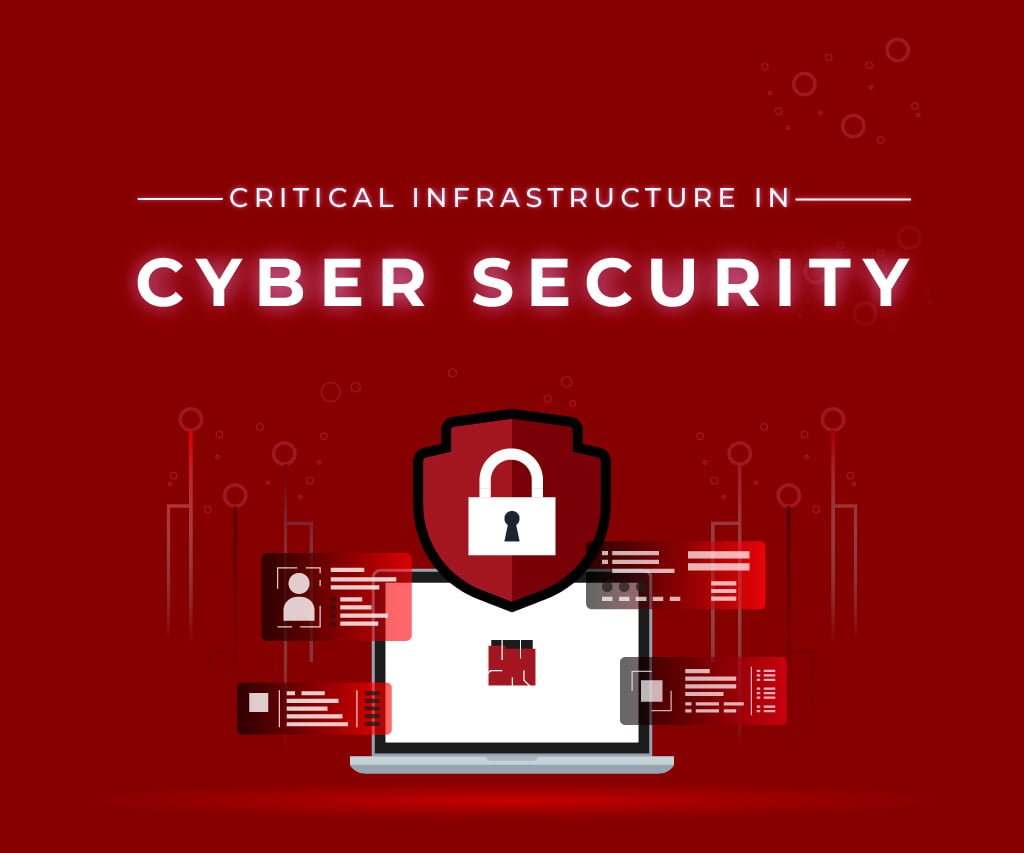Protecting systems, networks, and assets whose continuing functioning is judged important to ensure a given nation’s security, economy, and the health and safety of the general population is the subject of critical infrastructure security.
What is Critical Infrastructure?
The physical and virtual resources, systems, and networks necessary for a society’s economics, security, or any combination of the above to run smoothly are referred to as critical infrastructure.
Food and agriculture industries, transportation networks (such as roads, railways, highways, and airports), water supply (such as drinking water, wastewater, and sewage), internet and mobile networks, public health (such as hospitals, ambulances), energy (oil and gas), electric utilities, financial services, telecommunications, defence, and more are all examples of critical infrastructure.
The infrastructure that is considered important might vary depending on a country’s particular demands, resources, and level of development, even though crucial infrastructure is comparable across all nations due to basic living requirements. This physical and digital infrastructure is typically owned and run by the private sector in the state.
Challenges to Critical Infrastructure Cybersecurity:
Cyberattacks are becoming among the most prevalent and deadly threats to national security due to the increase in global connectivity brought about by digital transformation. To launch destructive attacks on various crucial infrastructures, attackers want to obtain access to the networks of governments or their reliable third-party vendors.
Cybersecurity attacks could risk water resources, food and agriculture systems, water systems, aviation systems, and energy and nuclear resources. To build the groundwork for future exploits, sophisticated attacks may even enable espionage, steal highly valuable intellectual property, and compromise networks.
How Can it be Solved?
Nations and government organisations must measure, monitor, and comprehend the nature of risks and the effectiveness of their security plans and controls to combat cybersecurity threats to critical infrastructure. Until recently, most of the work involved in obtaining, processing, and monitoring security controls related to cyber threats was done manually.
Governments and agencies frequently lack visibility into the cybersecurity of vital infrastructure. Organisations tasked with safeguarding national security want a more effective method of gathering intelligence that can inform security strategy and policy as threats continue to evolve and spread.
Layers of Cybersecurity:
- Mission-Critical Assets
It is imperative to preserve this data at all costs. Businesses deal with harmful forces regularly. Whether they prefer to accept how leaders handle this kind of protection is the question. And what safeguards have they put in place to prevent violations?
Software for electronic medical records (EMR) illustrates a mission-critical asset in the healthcare sector. The financial records of its clients in the financial sector.
- Data Security
Data security is achieved when security measures are used to safeguard data transfer and storage. To prevent data loss, a backup security solution must be in place. This calls for the usage of encryption and archiving.
All firms place a high priority on data security since a data breach could have disastrous effects.
- End-Point Security
This additional layer of security ensures that security breaches do not take advantage of the endpoints of user devices. This covers the safeguarding of laptops, desktops, and mobile devices.
Depending on the demands of a business, end-point security systems allow protection either on a network or in the cloud.
- Network Security
Here, security measures are implemented to safeguard the company’s network. To stop unauthorised access to the network is the aim.
All systems connected to the company network must be updated regularly with the necessary security patches, including encryption. It’s always recommended to turn off unneeded interfaces to increase security.
- Human Layer
The human layer is crucial, despite being regarded as the weakest link in the security chain. As an illustration, it uses management controls and phishing simulators.
These human management controls are designed to safeguard the security-related assets most important to a company. This includes the very real risk that people, online attackers, and dishonest users bring to a corporation.
Conclusion
The robustness of implementing critical infrastructure cybersecurity is essential to our country. Constantly changing threats will motivate private and public sector partners to work together.
The cornerstone of critical infrastructure cybersecurity is user awareness and training. To guarantee the long-term resilience of our vital infrastructure, users must become familiar with security best practices.














0 Comments